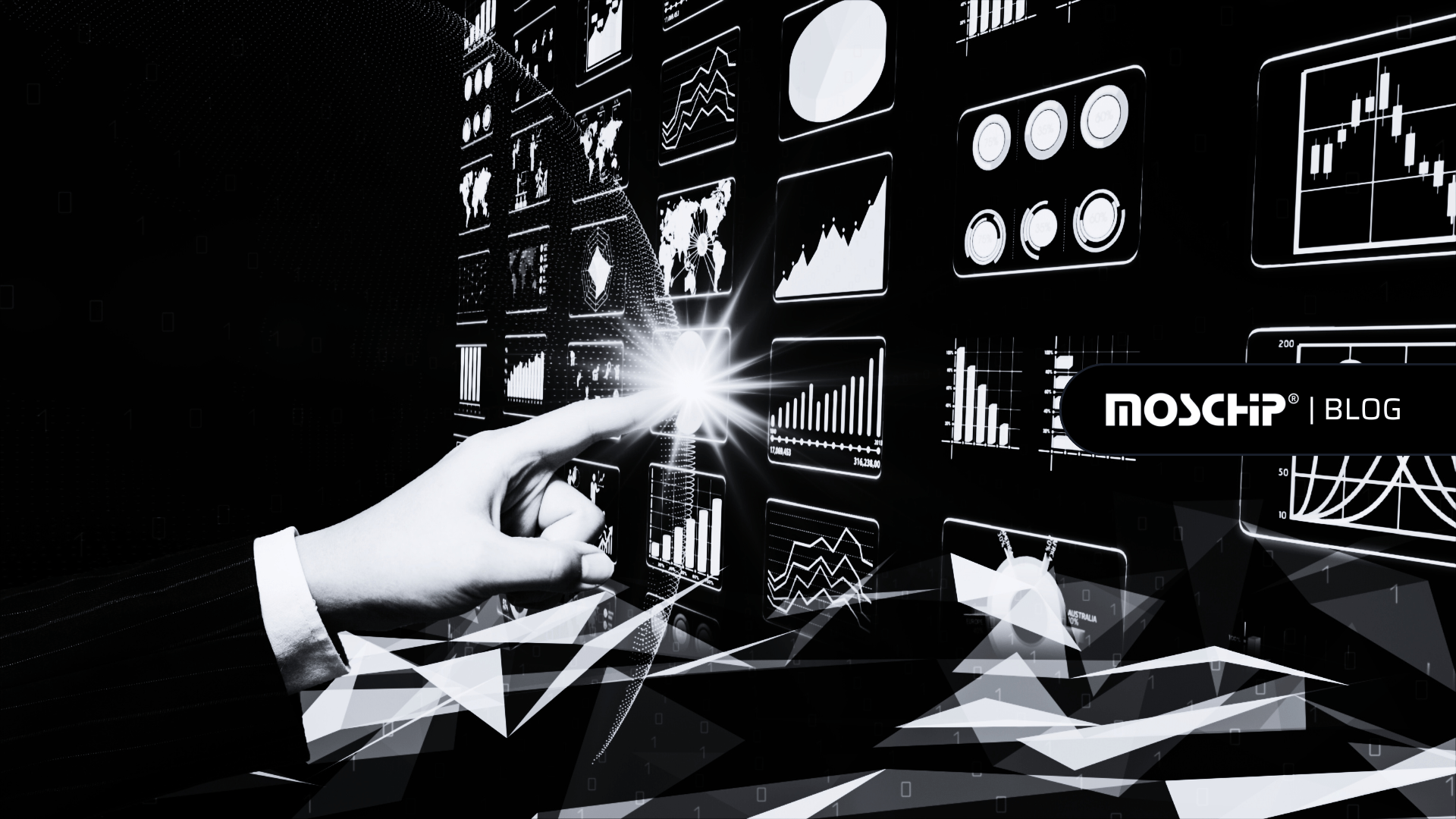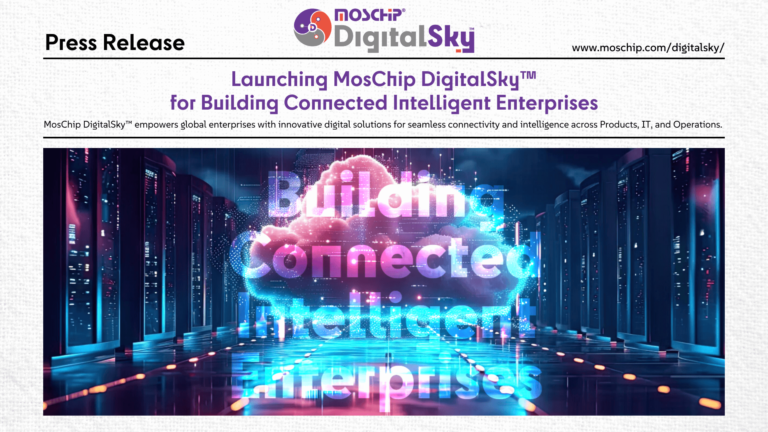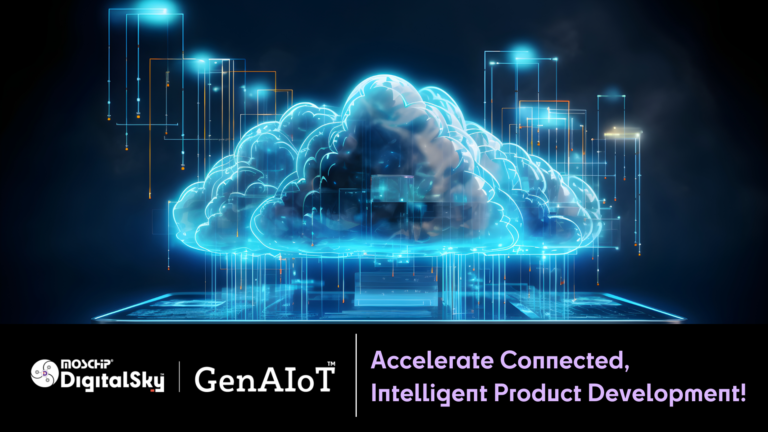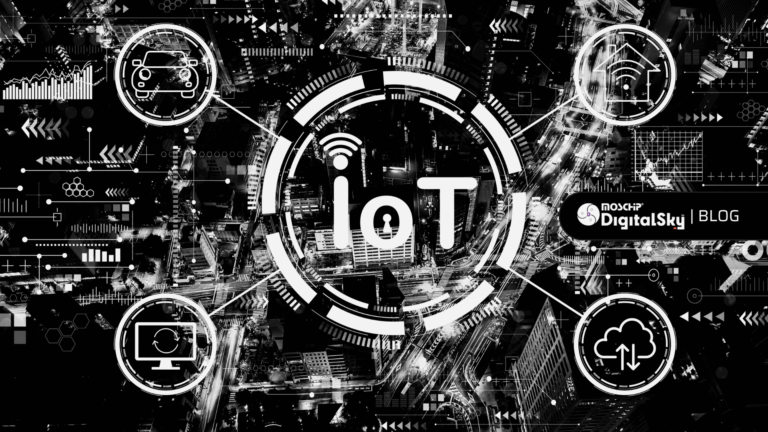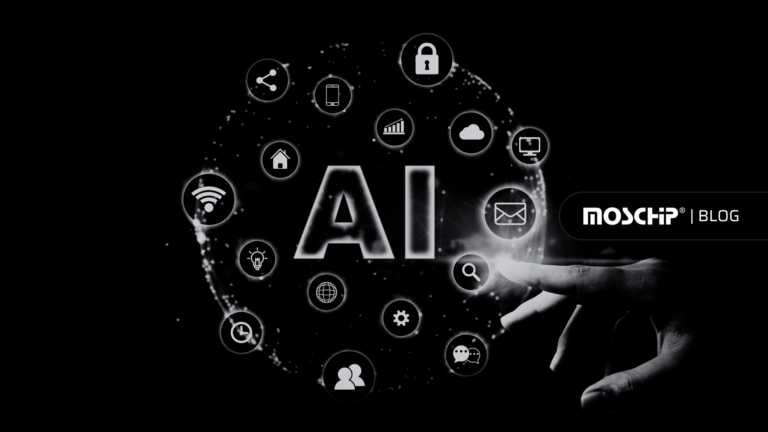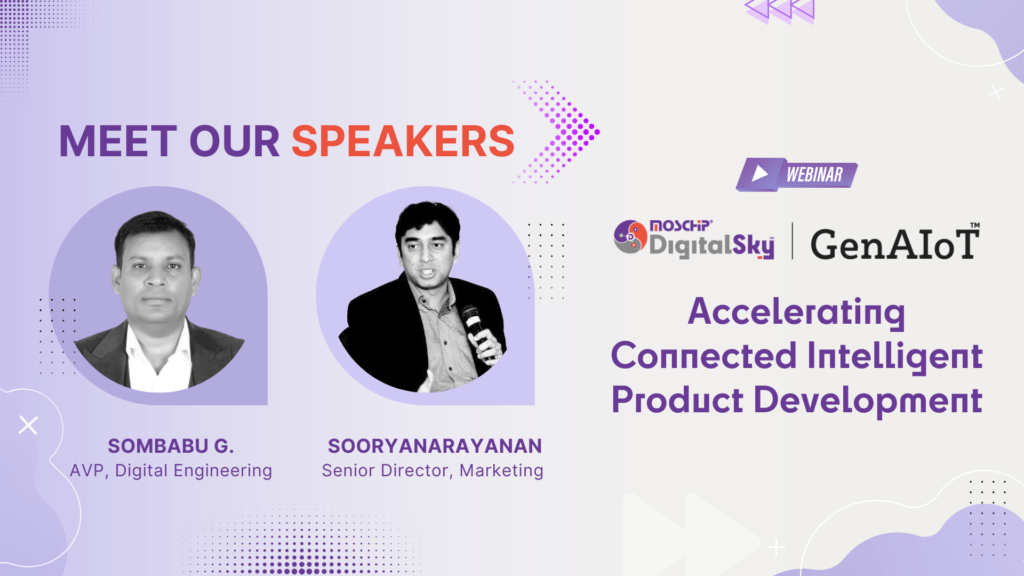Enhancing enterprise workflows through connected intelligent solutions
We are currently living in an age of revolution, where the world is rapidly moving towards digitalization and connectivity. From smart homes to connected devices, digital technologies are transforming every aspect of our lives, work, and interactions. This transformation is giving rise to connected intelligent enterprises, where organizations leverage advanced technologies such as IoT, AI/ML, cloud computing, and edge computing to streamline operations, enhance decision-making, and improve outcomes. These technologies enable enterprises to bridge processes, improve systems, and enhance workflows through seamless integration, leading to efficient operations and effective collaboration. As part of this shift, workflow automation plays a crucial role in directly impacting productivity, decision-making, and competitiveness. It offers tools that streamline processes, enhance collaboration, and foster more responsive and agile business environments, creating an environment where data flows freely, processes are optimized, and businesses can respond to challenges and opportunities in real-time.
The impact of this transformation is evident across industries. According to Grand View Research, the global market for connected enterprises was valued at USD 469.32 billion in 2023 and is expected to reach approximately USD 3,400.68 billion by 2030, growing at a CAGR of 32.7%.
How does technology converge to drive the connected enterprise?
A connected enterprise relies on a combination of advanced technologies and protocols to ensure smooth operations and informed decision-making. IoT sensors collect data from various touchpoints and transmit it efficiently using communication protocols like MQTT and CoAP. These protocols facilitate real-time data sharing between devices, ensuring a seamless flow of critical information.
Edge computing complements this by processing data closer to its source, reducing latency and enabling faster responses. At the same time, AI and machine learning systems analyze the data, providing predictive insights, detecting anomalies, and automating decision-making. Integration platforms, such as iPaaS, and event-driven architectures like Kafka and RabbitMQ, connect different systems, enabling seamless interoperability, real-time data exchange, and efficient workflow automation across the enterprise ecosystem.
Cloud platforms like AWS, Azure, and Google Cloud provide scalable infrastructure for storing, analyzing, and managing large datasets, helping businesses quickly adapt to changing demands. RPA tools further streamline operations by automating repetitive tasks and reducing manual effort and errors. Data visualization platforms convert raw data into actionable insights, enabling faster decision-making. Together, these technologies create a unified digital environment where automation and intelligent systems boost efficiency, agility, and innovation across the enterprise.
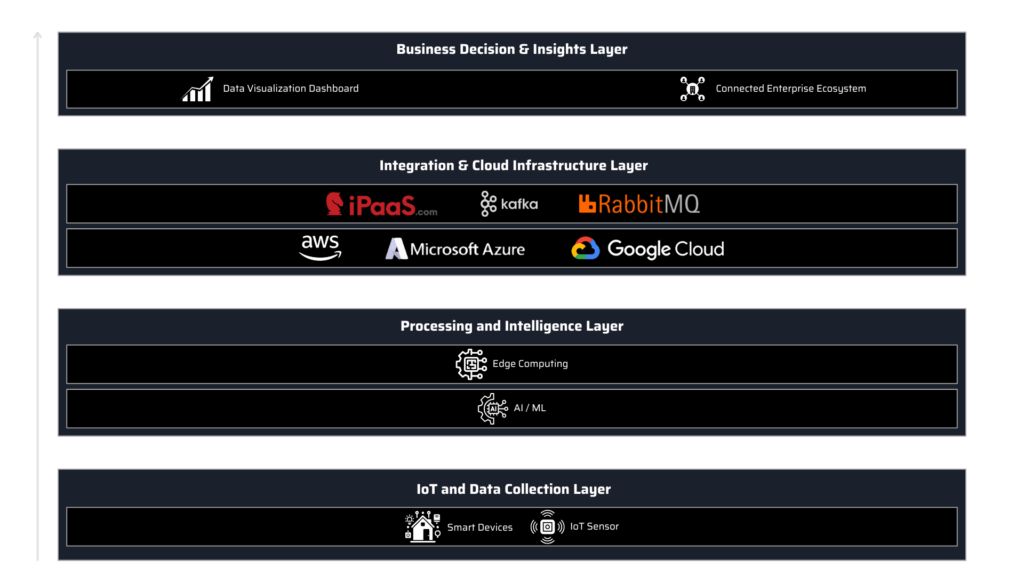
The Connected Enterprise Technology Stack
Integration Across Industries
The impact of connected intelligent enterprises is evident across various industries, each benefiting from unique applications of IoT, AI, and other digital technologies.
- Automotive: The new-age technology integration in the automotive sector is driving innovation by enhancing safety, user experience, and efficiency. Technologies like 3D head pose estimation and gaze estimation enable Advanced Driver Assistance Systems (ADAS) to monitor driver behavior and ensure safety by detecting signs of distraction. Driver distraction detection systems analyze real-time data to alert drivers and prevent accidents. Meanwhile, car feature voice bots are revolutionizing user interaction, offering hands-free controls and personalized driving experiences by seamlessly integrating AI-powered voice assistance into vehicles.
- Industrial Automation: The industrial sector leverages advanced technologies for enhanced efficiency and quality control. Defect detection systems powered by AI ensure flawless manufacturing by identifying irregularities in real-time. Barcode detection and box/package detection streamline logistics and inventory management by automating tracking and categorization processes. Additionally, image super-resolution technologies enhance the clarity of captured images, enabling precise monitoring and analysis in manufacturing and packaging workflows.
- Healthcare: In healthcare, connected systems are transforming patient care and operational workflows. Patient monitoring solutions use IoT-enabled devices to track vital signs continuously, providing real-time data for timely interventions. Face mask detection ensures compliance with safety protocols in medical facilities. Advanced AI applications like OCR for tissue plates assist in digitizing lab data, improving accuracy in diagnostics. Furthermore, emotion detection systems support mental health assessments by analyzing facial expressions and behavioral cues, enabling more personalized patient care.
By integrating these advanced technologies, industries are reshaping their processes, improving outcomes, and fostering innovation at an unprecedented scale.
Future Trends in Connected Intelligent Enterprises
As technology advances, connected intelligent enterprises are set to enhance productivity and innovation. The rollout of 6G networks will revolutionize connectivity with faster data transmission and lower latency, benefiting IoT devices, autonomous vehicles, and remote monitoring. Further, AI/ML will improve intelligent applications by enabling systems to learn from past data, enhancing accuracy in detection and predictive analytics.
Moreover, digital twins will be a powerful tool for simulation and optimization, allowing businesses to test solutions and predict outcomes. They help manufacturers to optimize production processes and assist city planners in designing smarter urban infrastructure.
To sum up, connected intelligent enterprises are redefining productivity by integrating IoT, AI, cloud, and edge computing into their operations. These technologies enable organizations to streamline processes, make data-driven decisions, and create seamless connectivity across systems. As various industries will continue to adopt these technologies, they open new opportunities for growth and efficiency.
MosChip®, through its DigitalSky™ platform, enables businesses to build connected intelligent enterprises by integrating key technologies such as IoT, AI, cloud, and edge computing. It facilitates seamless connectivity, enabling real-time data flow and enhanced decision-making across operations. By incorporating AI-driven automation, including Robotic Process Automation (RPA) and GenAI, MosChip helps optimize efficiency, reduce operational costs, and free up resources for more strategic activities.
MosChip collaborates with organizations to deeply understand their processes, create Proofs of Concept (PoC), and scale automation from concept to full deployment. With specialized solutions across industries like automotive, industrial automation, healthcare, and more MosChip aid businesses in driving innovation, boosting productivity, and becoming intelligent and connected to excel in an advancing digital landscape.
Author
-
Ambuj is a Marketing professional at MosChip creating impactful techno-commercial writeups and conducting extensive market research to promote businesses on various platforms. He has been a passionate marketer for more than three years and is constantly looking for new endeavours to take on. When He’s not working, Ambuj can be found riding his bike or exploring new destinations.

